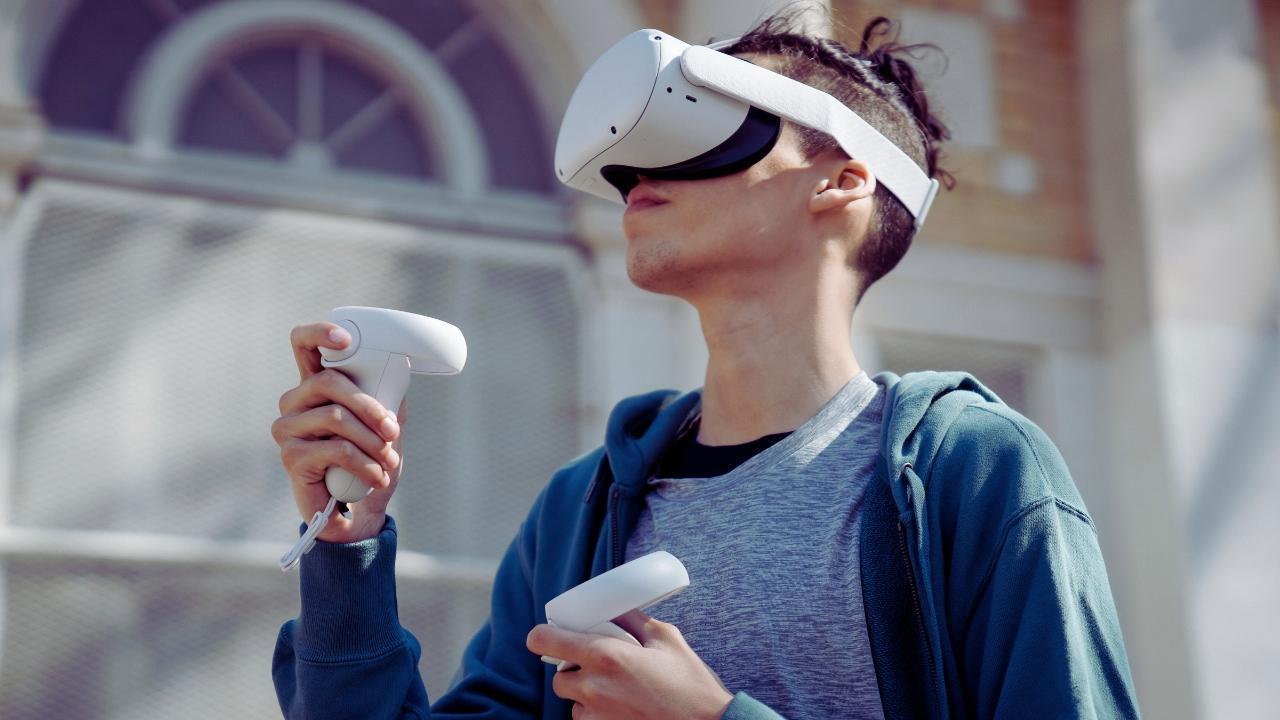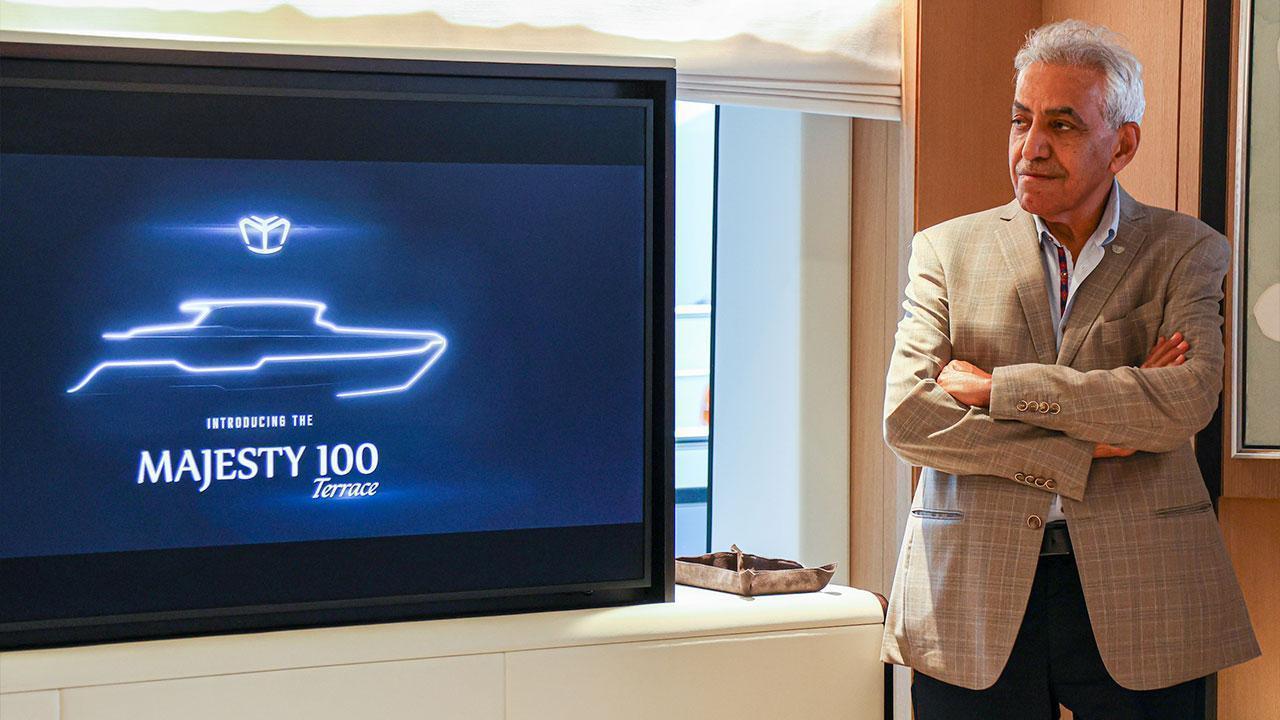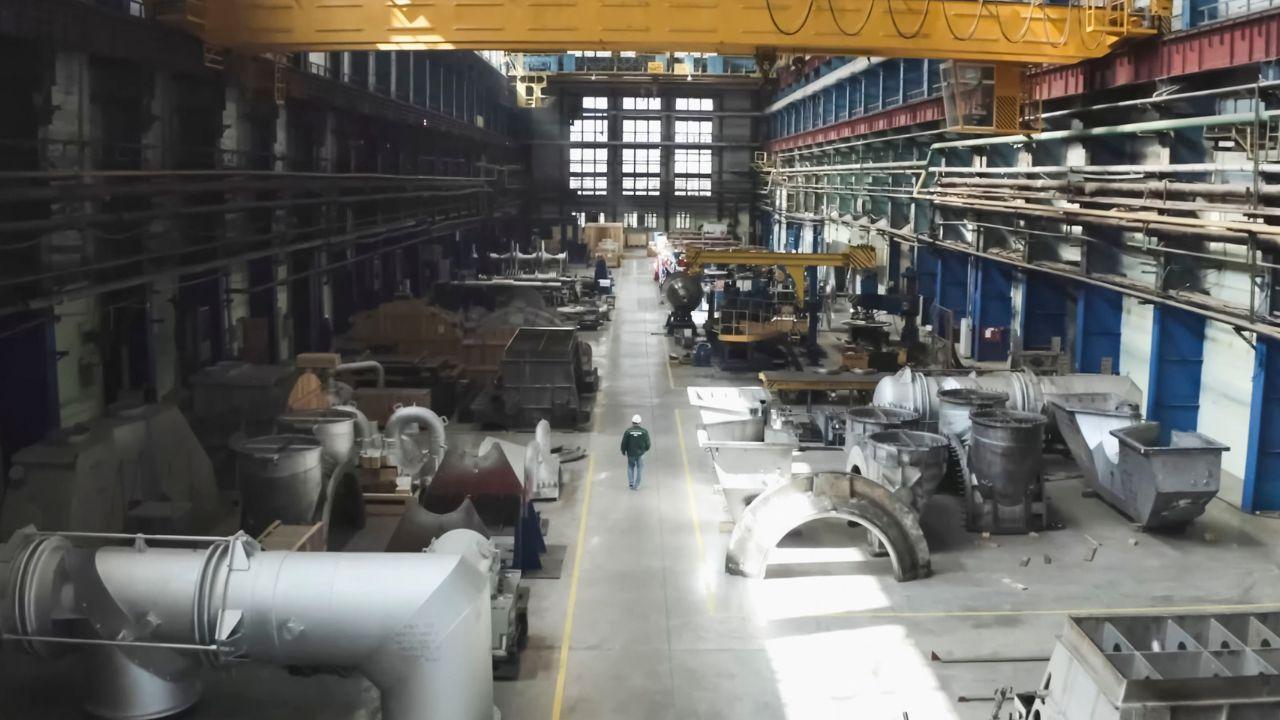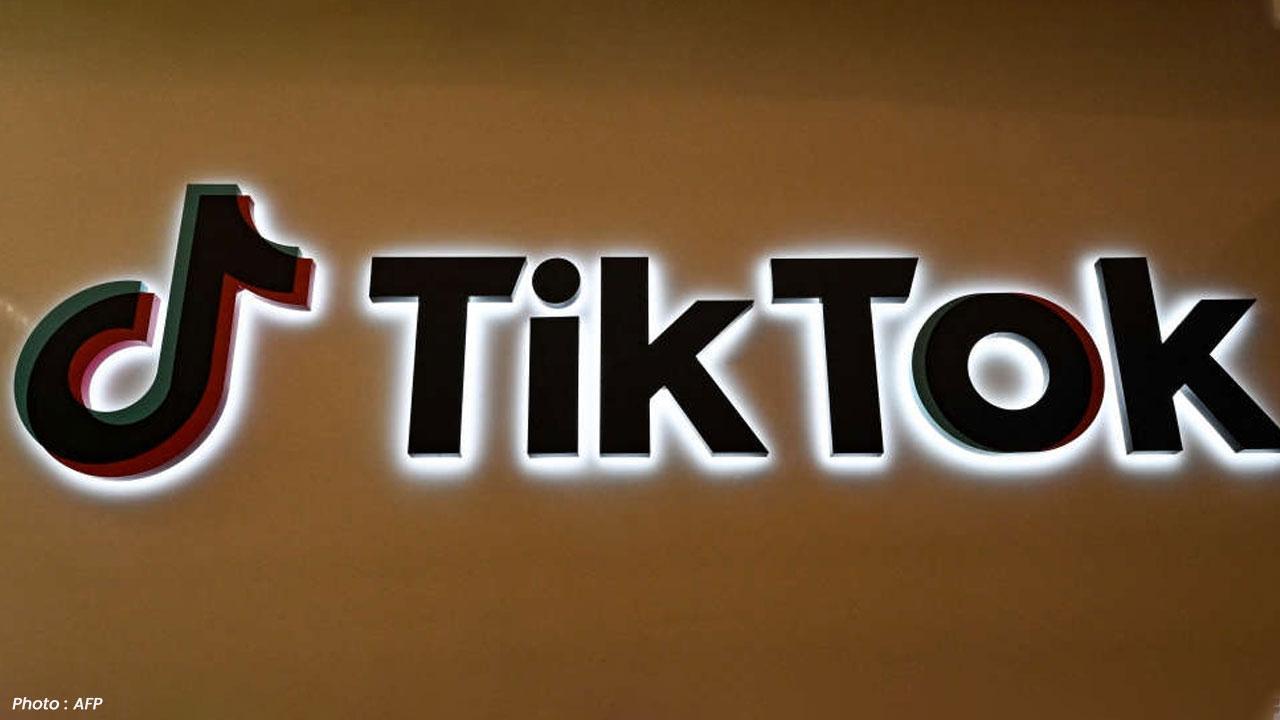
Join 10k+ people to get notified about new posts, news and tips.
Do not worry we don't spam!

Post by : Anish
In 2025, the boundary between our physical and digital lives is dissolving faster than ever. Augmented reality (AR) and virtual reality (VR), once associated with gaming or enterprise simulations, are now weaving into our daily habits, social interactions, and even how we understand human connection. Immersive technologies are no longer a novelty—they’re rapidly becoming mainstream. More than tools for entertainment or exploration, AR and VR have begun to redefine the very way people experience the world and interact with one another.
Immersive social platforms—those built around AR and VR engagement—are changing everything from the way we attend events to how we shop, learn, date, and communicate. This shift isn’t driven solely by technological possibility; it’s being powered by human behavior itself. In the post-pandemic world, where screen fatigue and digital disconnect are rampant, people are craving deeper, more tactile ways of being online. The rise of immersive platforms is, at its core, a human story—a demand for meaning, connection, and presence in the digital age.
Traditional social media is linear, scroll-based, and largely two-dimensional. But immersive platforms are introducing an entirely new way to engage: spatial interaction. Instead of likes, swipes, and comments, users now meet in shared 3D spaces. They walk around, talk, make eye contact through avatars, collaborate on virtual whiteboards, or share digital art that floats in mid-air. This isn’t some futuristic utopia—it’s already happening.
Meta’s Horizon Worlds, Apple’s Vision Pro environment, and startups like Spatial and VRChat have paved the way. But the new breed of immersive platforms is no longer about gimmicks or novelty. They are functional, scalable, and aimed at everyday users—especially Gen Z and Gen Alpha, who see no separation between the physical and digital selves.
In immersive spaces, identity is more than a profile picture or a bio. It’s how you move, speak, dress your avatar, and customize your virtual surroundings. People are learning to express themselves not only with words and emojis but with the texture of their digital clothing, the layout of their personal metaspaces, and the tone of their virtual voice modulation.
These immersive identities aren’t fake—they’re often more honest. Users report feeling freer in virtual environments to express personality traits, ideas, or styles they suppress in the real world. This deepened sense of self-expression has become one of the core appeals of immersive social platforms.
Businesses are paying close attention. Retailers are integrating AR into mobile apps that allow users to try on clothes in virtual mirrors. Interior design companies let customers furnish digital twins of their homes with real-world products. Concerts, trade shows, and festivals now offer parallel virtual worlds where global audiences can walk through digital booths, interact with brand avatars, and make purchases with a tap.
Social commerce is being transformed through immersive interaction. Instead of passive scrolling through product photos, users can now enter a virtual boutique, ask questions from an AI-assisted clerk, and try products in real-time—all from their bedroom. These new formats are building stronger brand recall and driving higher conversion rates, making immersive commerce a major force in the next evolution of e-retail.
One of the most significant impacts of immersive platforms is the sense of emotional presence. A video call still feels like a screen between two people. But in a well-designed virtual world, users can feel like they’re actually together. This emotional realism isn’t just about high-resolution graphics—it’s about eye contact, spatial audio, hand gestures, and the subtle social cues that AR and VR systems are learning to replicate.
As loneliness becomes a global epidemic, immersive platforms are being used for virtual therapy, support groups, and mental health coaching. Therapists are conducting guided sessions in calming digital environments where users can open up more easily. The blend of anonymity and presence offers unique emotional safety that traditional platforms often lack.
Imagine learning world history while walking through ancient Rome. Or studying biology by navigating through a virtual bloodstream. Immersive education isn’t a concept anymore—it’s happening in schools, universities, and corporate training worldwide. Platforms like Engage and ClassVR are already being used to train pilots, doctors, engineers, and even customer service professionals.
Immersive learning caters to a generation raised on interactivity. Static PDFs and online lectures are being replaced by experiences that simulate real-world applications. The result? Higher retention, deeper engagement, and faster skill acquisition.
As with all digital revolutions, the immersive web comes with its own risks. Virtual harassment, data privacy concerns, and the psychological effects of identity dissociation are serious issues. Moderating content in a 3D world is exponentially more complex than on a flat screen. Who governs a virtual space? How do you flag inappropriate gestures or conversations that occur in semi-private digital rooms?
Companies are scrambling to create robust ethical frameworks. Many immersive platforms now feature real-time moderation tools, panic buttons, and AI-based behavior analysis systems. But much like the early internet, immersive spaces are still largely self-regulated—a risky prospect as user numbers soar.
AR and VR hardware is still relatively expensive. While mobile-based AR has widened access, full immersion often requires headsets that cost hundreds of dollars. This has created a digital divide—not just in terms of access, but also in design. Most platforms are still designed for neurotypical, able-bodied users.
However, inclusive design is beginning to take center stage. Developers are building voice-controlled environments for the visually impaired, creating sensory-adjusted experiences for neurodiverse users, and optimizing for low-spec devices. The immersive web will only reach its full potential when it becomes truly accessible for all.
Dating and romance are also entering a new phase. Immersive dating platforms are allowing people to go on virtual dates that feel far more personal than texting or video calls. From walking along a digital beach to watching a movie together in a VR theater, these experiences foster connection in novel ways.
Interestingly, couples who meet in immersive platforms often report deeper emotional bonds before meeting in person. Because the platforms prioritize presence and conversation over appearance, relationships tend to form around shared interests and emotional chemistry, rather than surface-level attraction.
Immersive social platforms are not replacing the real world—but they are enhancing how we engage with it. In the same way social media changed communication, AR and VR are changing presence. We're moving toward a hybrid reality, where physical and digital interactions coexist and complement each other.
The implications span every sector—retail, healthcare, entertainment, education, and even governance. As technologies mature and become more affordable, the line between online and offline will fade further. The winners in this race won’t be the ones who build the most dazzling virtual spaces, but those who understand what people truly want from them: real connection, meaningful interaction, and a sense of belonging.
The views, analysis, and predictions expressed in this article are based on current industry trends and expert opinions at the time of writing. This content is intended for informational purposes only and does not constitute financial, medical, or legal advice. Readers are advised to consult appropriate professionals for specific guidance related to their personal or business circumstances. Newsible Asia is not responsible for decisions made based on this article.
Augmented Reality, Virtual Reality










Lily Collins Shines in Glamorous Calvin Klein Look at New York Fashion Week
Lily Collins stuns at NY Fashion Week in a sparkling Calvin Klein co-ord set, blending elegance, gla

Lippo Di Carrara wins UAE President’s Cup Derby at Doncaster
Lippo De Carrere shines at Doncaster, winning the UAE President’s Cup UK Arabian Derby, the richest

Jaismine Lamboria Wins World Boxing Gold for India
India’s Jaismine Lamboria claimed World Boxing gold, while Nupur Sheoran earned silver and Pooja Ran

Sri Lanka beat Bangladesh by 6 wickets in Asia Cup 2025 opener
Sri Lanka started their Asia Cup 2025 campaign with a six-wicket win over Bangladesh, powered by Nis

PM Modi Lays ₹6,300 Crore Projects in Assam Criticizes Congress
PM Modi accuses Congress of backing infiltrators, lays ₹6,300 crore health and infrastructure projec

Sushila Karki Becomes Nepal’s First Woman Prime Minister
Eminent jurist Sushila Karki, 73, becomes Nepal’s first woman prime minister after Gen Z protests to